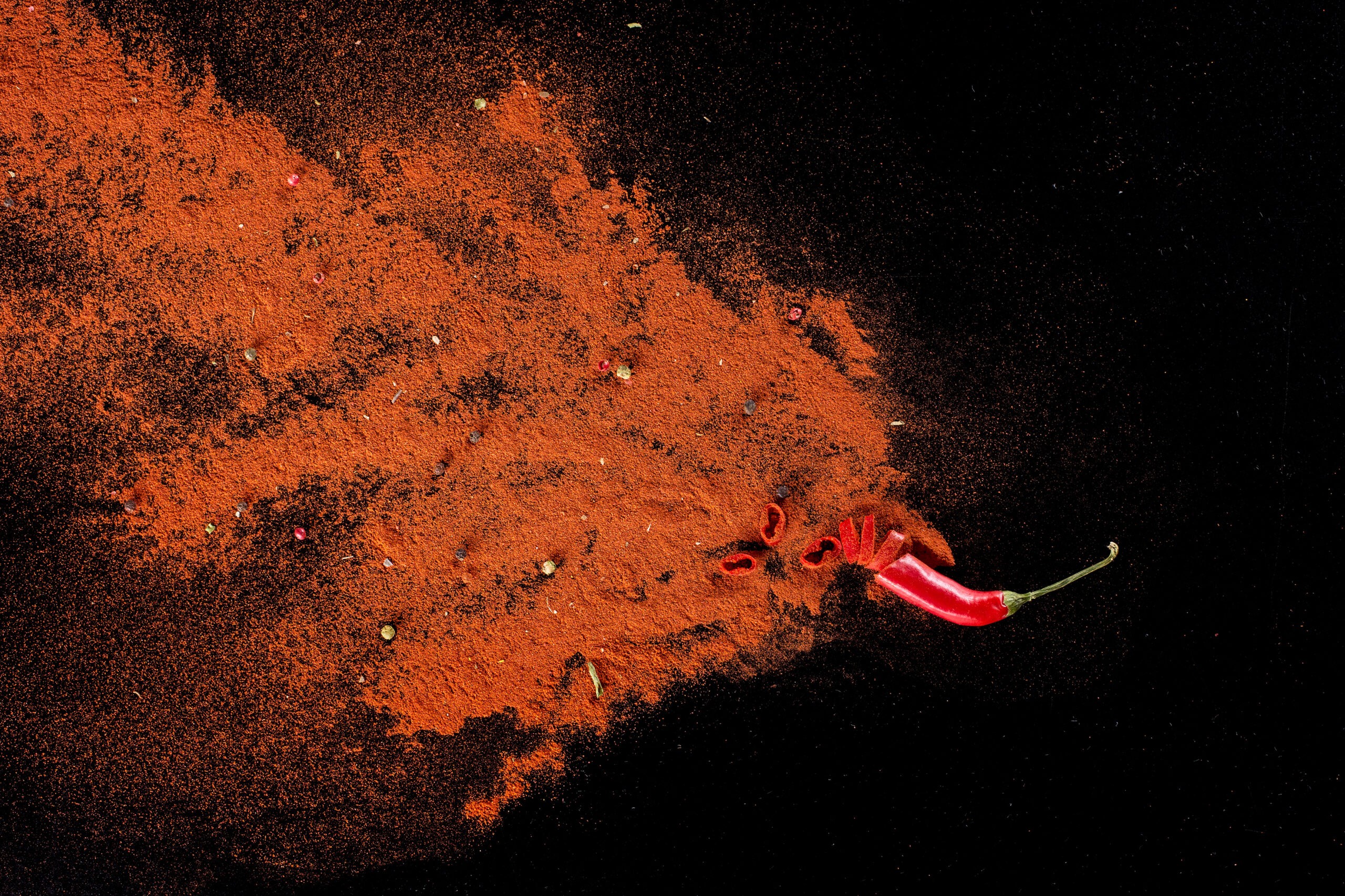Have you ever tucked into a delicious meal and wondered what it is about the food that makes it taste the way it does? We use our sense of taste to determine what foods we like and dislike, but what are the specific ingredients that create the food flavours we commonly encounter? How are we able to define and differentiate between them, using our biology? Read on to find out.
Defining the Five Main Flavours
Our sense of taste is actually made up of five main flavours that the tongue can detect: salty, sweet, sour, bitter and umami (also referred to as savoury).
Salty flavours commonly come from table salt (i.e. sodium chloride or NaCl). You’ll find this ingredient in many snack foods, like crisps, chips or pretzels.
Sweet flavours come from many types of substances such as common sugar (sucrose), lactose and fructose, which is typically found in fruits.
You will have experienced sour flavours when eating sherbet candy or lemon/lime juice. This flavour is mostly created through a high concentration of hydrogen ions (H+). It’s not a good idea to consume too much of these foods as sourness arises from high levels of acidity, which can affect our digestive systems and make us ill.
Bitter flavours appear in artichokes, kale, brussels sprouts and coffee, to name a few examples. You might be surprised to learn this, but usually this flavour indicates the presence of a dangerous substance that could be toxic to human health. Evolutionarily speaking, the human digestive system tends to reject this flavour, as our bodies developed the ability to detect and avoid accidental poisoning. The types of chemical compounds that give this flavour are called alkaloids.
Finally Umami (or savoury) is associated with many Asian dishes, but the classic Aussie conserve Vegemite provides umami flavour in spades as well. Umami foods contain glutamates which give them what is described as a “meaty” taste, and some typical examples of umami foods include parmesan, soy sauce and tomatoes.
This is a fairly straightforward explanation of the science behind particular flavours, but what is the science behind how humans actually taste that food? To understand this, we have to dive into our tongue anatomy.
So How Do Humans Taste Our Food?
On the surface of our tongue we have lots of little bumps. These bumps are called Papillae and they are made of types of taste cells that react to stimuli. This activation of the taste cells then transmits a message to the brain via the nerves or taste receptors.
Scientists used to think that only part of our tongue had taste receptors, but recent research indicates that it is not true. Our tongue has somewhere between 2,000 and 8,000 taste buds and they are replaced every 8 to 10 days.
Our nose plays an important role in our taste senses – as we chew, our food is broken down into smaller bits, and our saliva breaks the food down even further. As the food is masticated, our taste buds begin to sense certain compounds in the food, some of which become volatile. This means that they are very light and are similar to a gas. These volatile compounds will travel to the back of your mouth that is connected to your nasal passage, feeding through to your olfactory receptor which enhances your ability to taste food.
That is why when you have a blocked nose you can’t really taste the food you are eating. Incidentally, this phenomenon is part of the reason why airline food tends to taste terrible – check out our recent article on the science behind airline food taste for a more detailed explanation.
Turning Up The Heat – Tasting Temperatures
Finally, our mouths also have a nerve cell ion channel called TRPV1 that helps us to detect hot temperatures (above 43 degree Celsius), cold temperatures, and even if our teeth hurt. This is really helpful to prevent injury during consumption of substances. There are no nerves present from the back of our throat, through the esophagus and stomach and the rest of our digestive system, so we don’t feel pain in these areas. When we swallow hot food, we can only detect the sensation at the food’s entry point in our mouth.
However, the situation is a little different for spicy food as opposed to food that is merely temperature-hot. For spicy food, it is an ingredient called capsaicin, found in the fruits of the Capsicum plant that bell peppers come from, that is responsible for feeling the heat. Our digestive system doesn’t break down the Capsaicin, so not only do you have a burning sensation at the entry point, you also feel it at the exit point!
National Science Week may be over, but the seriously fun science can continue no matter where your classroom is located with Street Science Classroom Kits! Check out our innovative experiment-in-a-box solution that gives you the chance to lead a science adventure at your own pace, in your own space.






